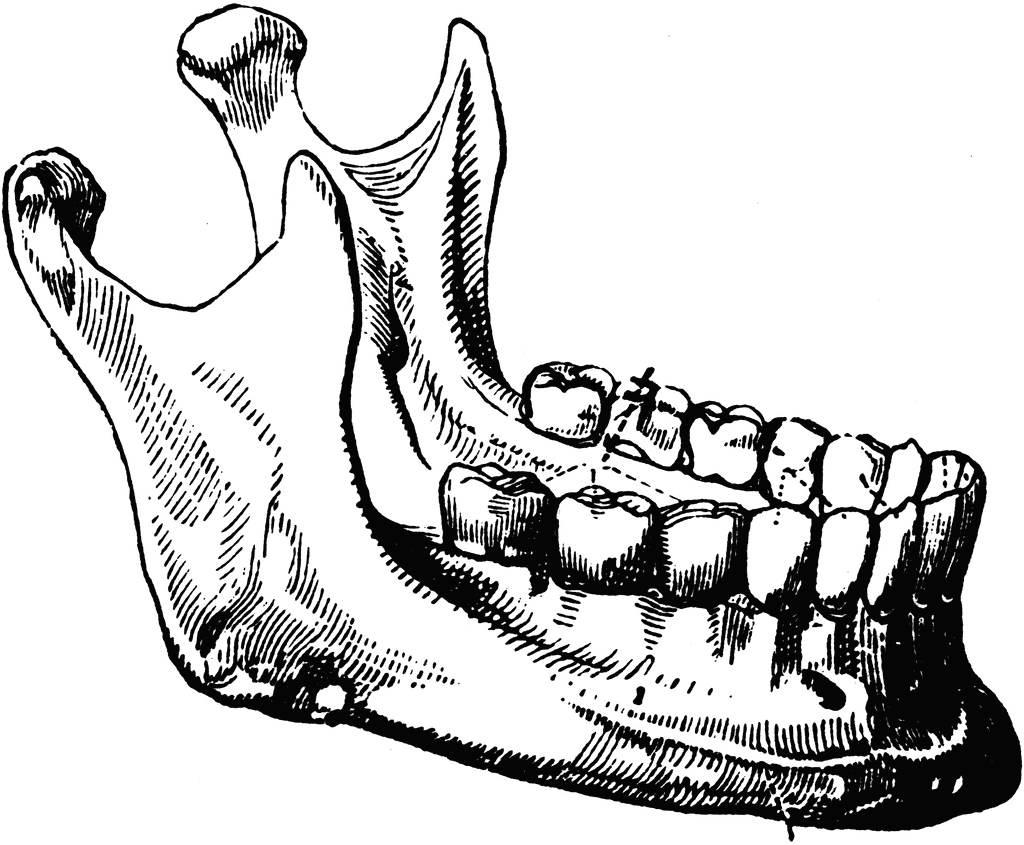A good smile is a staple of creating great first impressions,
excellent conversations, and lasting relationships. A smile can help make you more memorable to
others and, believe it or not, people will remember your name better if you are
wearing a smile when you meet them. Its
power cannot be underestimated.
On the other hand, either the lack of a smile or tooth-related
distractions within the smile often can give the wrong first impression about
who you really are and can create obstructions to the development of many good,
healthy relationships.
Modern dentistry has the power to help make many positive
changes to your smile. Sometimes those
changes involve things as simple as minor shape changes to the enamel of your
front teeth. Other times those changes
may involve treatment as complex as braces followed up by either crowns or
veneers.
Below you will find before and after photos of people we have worked with over the years to improve their smiles. We are dedicated to achieving an ideal esthetic result that blends the skills we have developed over the years with your esthetic end-goal and budget.


BEFORE AFTER


Making changes to your smile can be a scary proposition. However, when changes are made with skill, patience, and an eye firmly planted on the final goal, the results can be life changing. Esthetic dentistry, including crowns and veneers, are one of the most satisfying services we provide for our patients.
Below you will find before and after photos of people we have worked with over the years to improve their smiles. We are dedicated to achieving an ideal esthetic result that blends the skills we have developed over the years with your esthetic end-goal and budget.
BEFORE AFTER
Making changes to your smile can be a scary proposition. However, when changes are made with skill, patience, and an eye firmly planted on the final goal, the results can be life changing. Esthetic dentistry, including crowns and veneers, are one of the most satisfying services we provide for our patients.
If you have ever considered having crowns or veneers, or
making any other changes to the looks of your front teeth please give us a
call. We would be happy to have a free
Esthetic Smile Consultation to consider what we could do to help you achieve
your ideal smile.
Happy Smiling!
Dr. David Barry, DMD
Dr. David Barry, DMD


